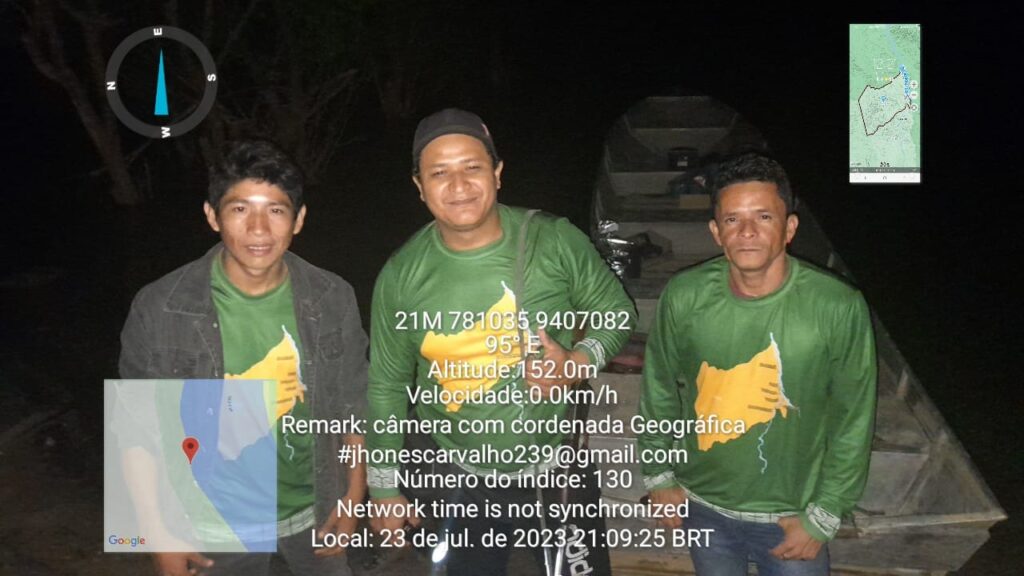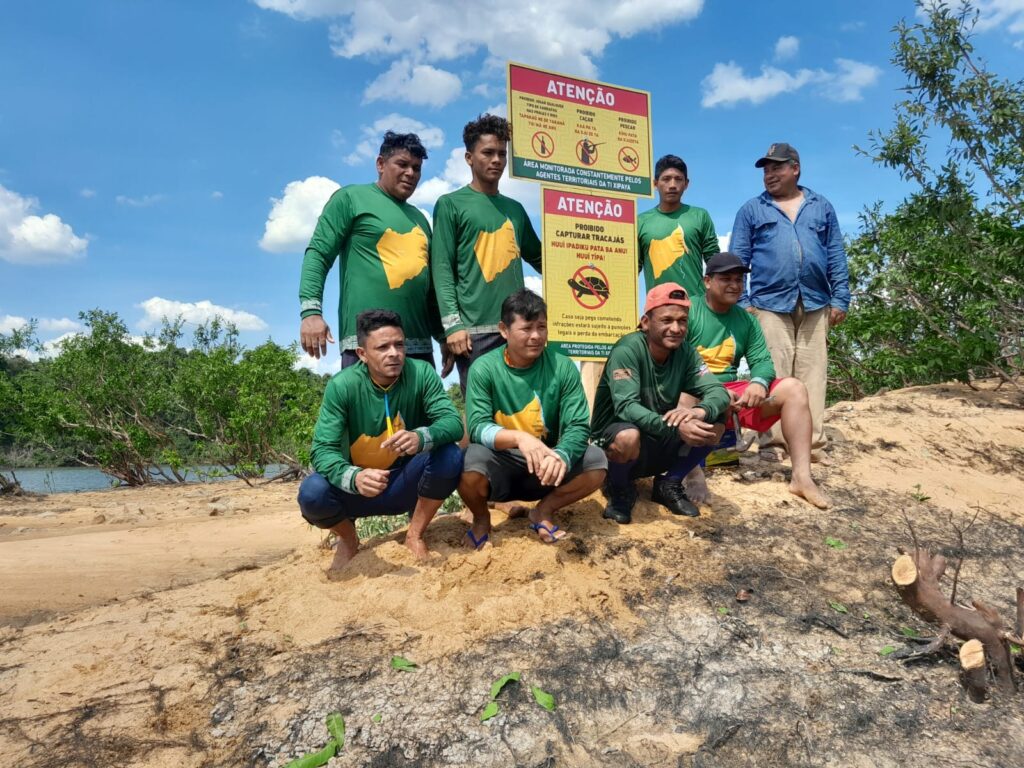The Xipaya Indigenous Land (TI Xipaya) is located in the Amazon Rainforest, Altamira, State of Pará, Brazil, known as the Terra do Meio and is part of the mosaic of Protected Areas in the region. Currently, there are 6 villages (Tukamã, Tukayá, Kamarataya, Pitjipitjia, Kaarimã, and Yupá). The Xipaya Indigenous Land (TI Xipaya) covers an area of approximately 179,000 hectares of native forests.

TI Xipaya is currently facing intense threats to its territory. In the surrounding areas, illegal activities related to mining and deforestation have increased, approaching its borders, which are also advancing into the Xipaya territory. Furthermore, other negative impacts are observed within TI Xipaya, such as those caused by the installation of the Belo Monte Hydroelectric Power Plant, a project that has generated enormous social and environmental damage, with a significant impact on the culture and way of life of the forest peoples. This situation is further aggravated by climate change, which has altered rainfall patterns and affected fish availability in the Iriri and Curuá rivers.


To protect TI Xipaya, the Territorial Management Council of the Xipaya Indigenous Land (CGTTIX) was created in 2012, consisting of 20 territorial and environmental agents who play a key role in monitoring and safeguarding the territory to prevent and combat illegal activities, such as deforestation, invasions, natural resource extraction, and other predatory activities. For example, the agents conduct surveillance on illegal hunting of turtles and fishing, among other activities. These actions have devastating impacts on the local biodiversity and the region’s vital ecosystems, which constantly face threats of invasions, putting at risk both the environment and the physical and cultural integrity of the Indigenous families living in TI Xipaya.





Installation of signs prohibiting the hunting of turtles in protected areas.


All the work carried out in TI Xipaya by the territorial agents is entirely voluntary. Each agent fights against illegal activities in the pursuit of protecting the territory, the families that live there, and all of humanity, as everyone depends on the forest, whether they live in it or not.


